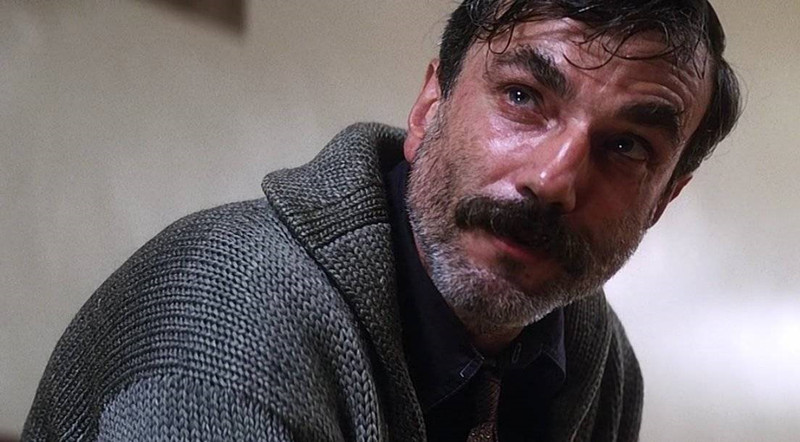
When you walk out of the movie theater or finish watching a film, the ending is obviously the most recent portion you’ve seen. Therefore, it is important not to waste those final frames and emotions left within the experience, or allow for the film to make a lasting impression.
Some films are quite magical when it comes to an end because it transcends the narrative, features a stunning scene, or closes out the film so perfectly it can’t be messed with. As a result, here are 10 film endings that are endlessly re-watchable for so many reasons. (And spoiler alert – this is a list about the ends of movies!)
1. Cinema Paradiso (1988) – The Cut Kissing Scenes
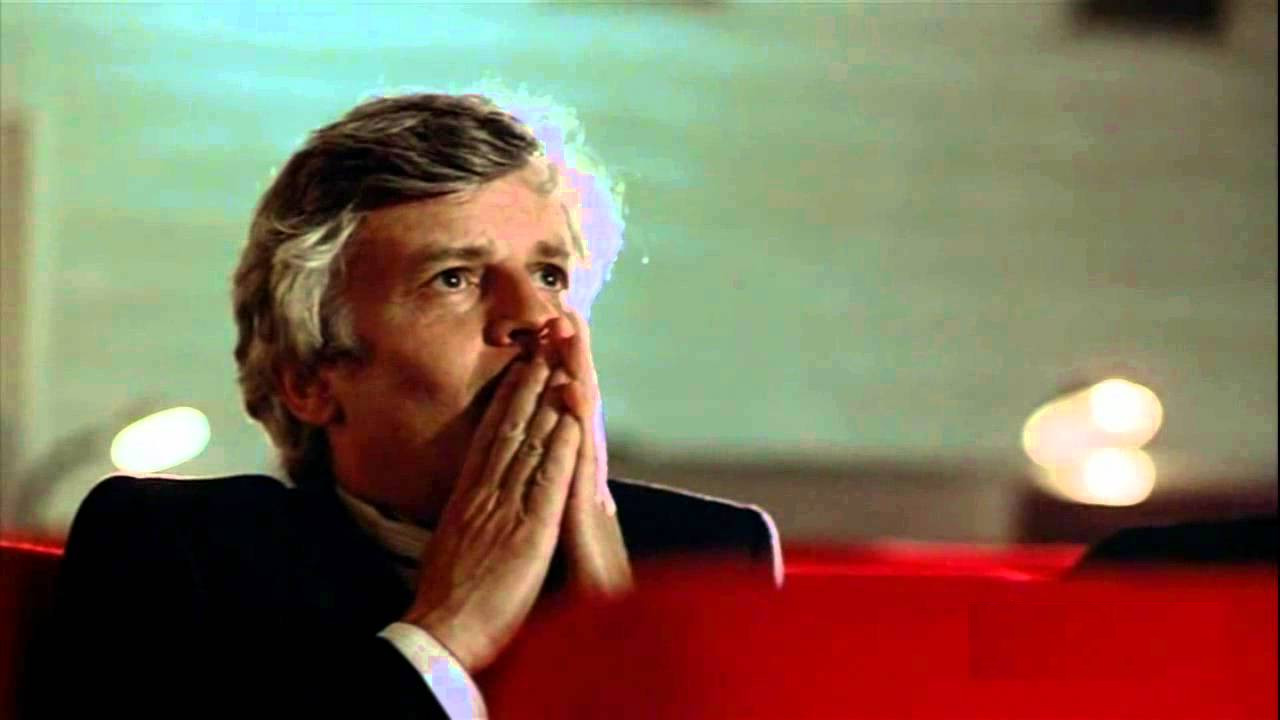
After Alfredo has passed away and left the now-successful yet wandering adult Salvatore a final message, we arrive at this scene. After learning so much about the backstory between these two and discussions on whatever you choose, make sure to love it. And getting away from the closed-minded town, Salvatore begins to watch some footage.
As the film is projected onto the screen, we quickly realize it is all the cutscenes the local priest made Alfredo take out over the years. Overwhelmed with emotion, Salvatore begins to cry with tears of joy and it’s hard for us not to as well. With Ennio Morricone’s score sweeping over the imageries of lust, sexiness, passion, and desire projected onto the screen, we might not feel the cathartic emotions of Salvatore but we feel the immense love for cinema.
If asked about Guiseppe Tornatore’s film, most people would mention the ending first. And with an ending that involves the love of cinema, the arcs of the problem that the main character is facing, and somehow magically combines the two, it stays with us after the credits have rolled.
2. All That Jazz (1979) – Bye Bye Love
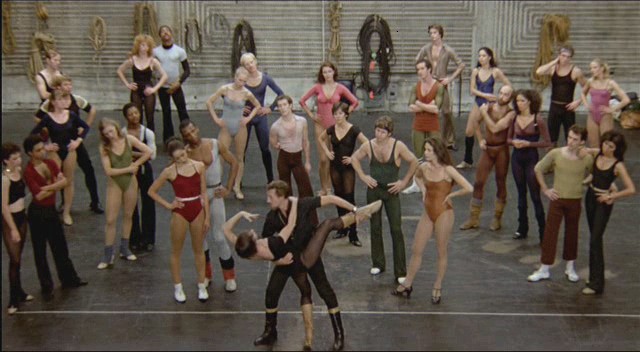
As Joe Gideon is literally on his deathbed, and the clichéd saying that your whole life flashes before your eyes is proven true, is true Bob Fosse fashion. Instead of a melancholic departure or abrupt ending in a hospital, the death scene set and sung to “Bye Bye Love” turns Gideon’s departure into a smashing musical number.
Drawing upon influences of artists, and in particular the filmmaker’s struggles with personal and professional situations, Fosse more or less adapted his own life for the film. Whether it be editing a film on a stand-up comedian, his recent ex-lover, or the rehearsal scenes with his women, it all ends beautifully in the finale. As the camera swoons and zooms with sounds zapping and clicking, we witness all the people in Gideon’s life, from the past, present, and future.
So how can a death scene be so joyous? Well, that’s part of Fosse’s magic and success as a stage and film director. It is a lengthy 10-minute scene but worth every second, and once it’s over, you immediately want to watch the finale again.
3. La La Land (2016) – Epilogue at Seb’s
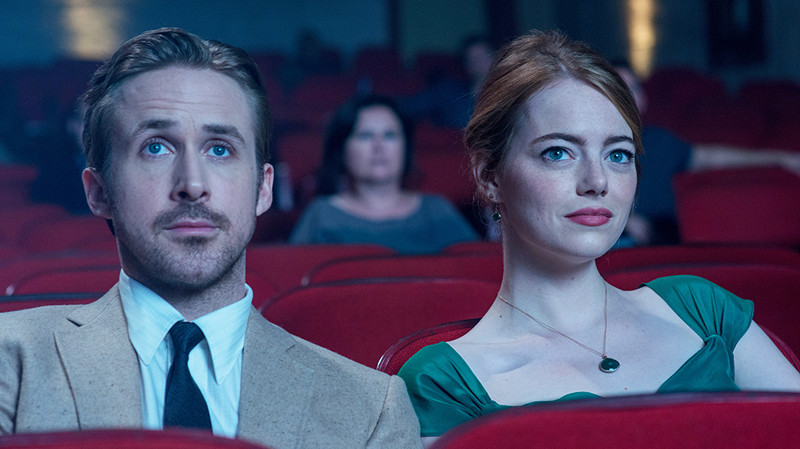
After a time jump of five years, we see the two leads of Sebastian and Mia finally achieving their dreams but at the loss of each other. It’s hard not to contain some melancholy (which holds true to the film’s tone, no matter how high a jazz or musical scene could be) despite the success of their dreams.
As coincidence or perhaps fate plays apart, Emma Stone’s Mia walks into Ryan Gosling’s Seb’s and all of the emotions of that relationship come back into play. As Sebastian begins to play their tune, Damien Chazelle creates a flashback of what-could-have-been fantasy montage grounded in magical realism for our hearts to ache, dance, love, and mourn. Allowing Justin Horowitz’s score to soar above the imagery and pay homage to 1950’s Hollywood musicals ties the whole film together.
The scene can simply be watched over and over again due to pure craftsmanship involved and the powerful performances, as it closes out this amazing film. Chazelle leaves no emotion, narrative arc, or tune out of this montage, and it’s an ending to end the film perfectly.
4. 2001: A Space Odyssey – The Room
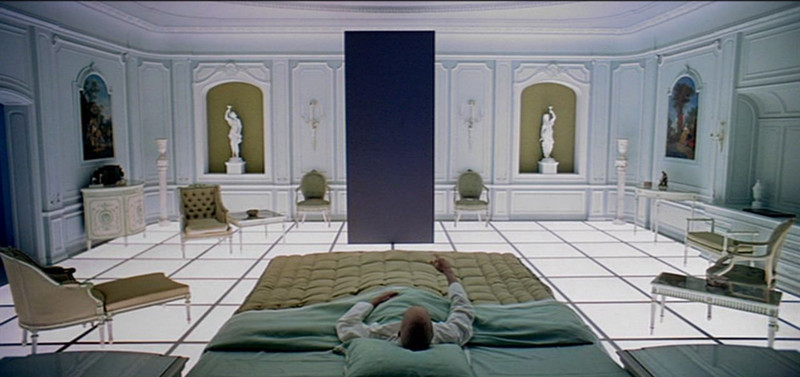
How do you follow the Star Gate sequence in Stanley Kubrick’s film? Well, after nearly 15 minutes of jump cuts, neon pre-computer saturated imagery, and haunting score, we arrive in a perfectly quiet and still room. We don’t know why the film is there and even after 51 years, we still haven’t figured it all out yet.
Set in a highly bright and meticulously detailed baroque room, we see Keir Dullea’s Doctor Bowman roam around the room with gazing curiosity. As the film unfolds and cuts, we go from Bowman as an adult to middle age to his death bed. Clearly time and space are unfolding in an unpredictable narrative before the giant black Monolith appears and the Star Child is born.
The scene sums up many of the film’s themes of space travel, exploration, and mystery in Kubrick’s style and tone. He even explained the film’s endings in a rare 1980 interview about what occurs (but won’t state here). Why? Because no matter how many times one watches the end scene, we are still as perplexed yet in awe at what is occurring from the opening scenes, or for the first time we experienced this film.
Kubrick was no stranger to nonconformist endings and he definitely delivered one of his greatest here.
5. The Third Man (1949) – Sewer Chase
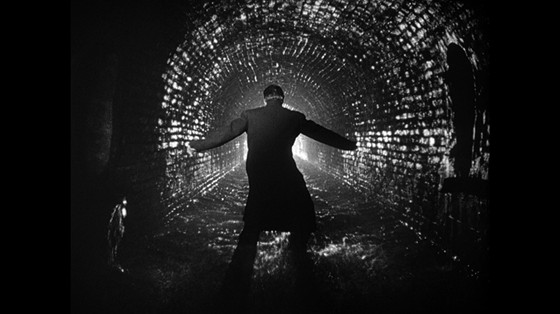
Where is Harry Lime? With the Dutch angles with expressionistic noir elements and Anton Karas’s zither score, the sewer chase is as great of an ending as it can be. After Welles’ Lime finally appears and dominates the screen in his starring role, the mystery is still alive. So the audience is taken for a journey, as if they had not already been on one, through the sewage drains of Vienna post-World War II.
Every frame is perfectly composed and edited to perfection, but it’s the story of what will happen next is the true drive. Even on a second, third or tenth viewing, we simply go on this rollercoaster again. And it would be rude to not include the final still frame of Valli’s Anna walking coldly to and then away from Cotten’s Martins at the end. A final moment that is a different sort of chase completely atypical of the chase we just witnessed from the Viennese streets down to the sewer.
Carol Reed certainly built off of his previous noir and man-on-the-run outings, but he truly perfected it here to close out the decade with possibly the greatest final chase.